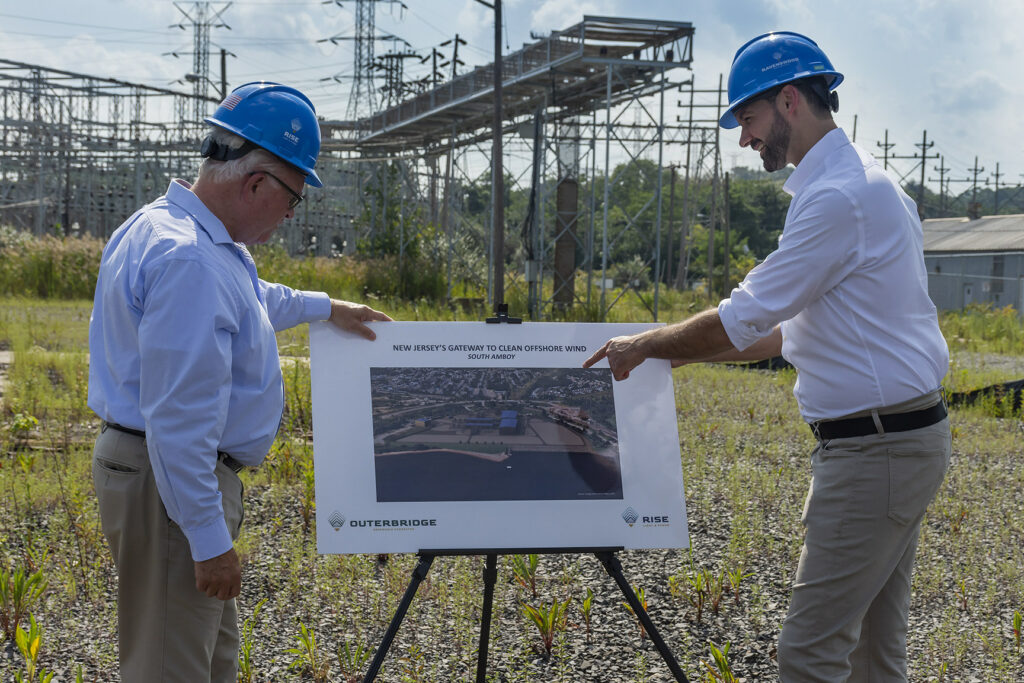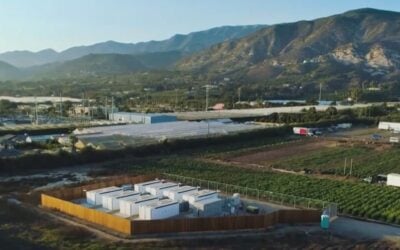
Update 21 September 2021: An LS Power representative told Energy-Storage.news that the proposal includes a battery storage system with 91MW / 364MWh rated output and capacity. The spokesperson said that it will provide the following support services in the PJM market: Frequency Smoothing Dynamic Response capability, load shifting to address contingency-related transmission line overload,emergency response capacity ranging from 15 minutes to 4 hours in duration and capacity available to respond to PJM’s standard summer peak demand having a 10-hour duration.
A former coal power station site in New Jersey could help integrate the output of offshore wind generators into the electric grid under plans unveiled by a subsidiary of power producer LS Power.
Enjoy 12 months of exclusive analysis
- Regular insight and analysis of the industry’s biggest developments
- In-depth interviews with the industry’s leading figures
- Annual digital subscription to the PV Tech Power journal
- Discounts on Solar Media’s portfolio of events, in-person and virtual
Rise Light & Power, a New York-headquartered energy asset manager and developer wholly-owned by LS Power said last week that it wants to develop a project called the Outerbridge Renewable Connector, where EH Werner Power Station in South Amboy, New Jersey, used to stand from 1930 until its decommissioning and demolition six years ago.
Rise has just acquired the 26 acre site and wants to turn it into a renewable energy hub, which could be a central interconnection point for wind farms. New Jersey is targeting 50% clean energy by 2030 and the deployment of 7.5GW of offshore wind by 2035 on the way to 100% clean energy by 2050.
Wind-generated power would pass through upgraded grid infrastructure into a substation through buried cables, which could be put in underground on a railroad right of way. The site could be perfect for the hub as it offers access to the Atlantic Ocean as well as existing infrastructure and no public beaches, residential communities or wildlife areas would be impacted, the developer said.
Rise Power & Light said the plan submitted to New Jersey Board of Public Utilities (BPU) and PJM Interconnection also includes a large-scale battery energy storage system (BESS), providing services to the PJM Interconnection grid service area. The company did not give details of the sizing and capacity of the BESS or the specific applications it could serve in a press release last week. Energy-Storage.news has reached out to LS Power for information on those.
The project could create more than US$1 billion economic value to the state of New Jersey including nearly US$88 million in state and local government taxes. Rise Power & Light is also the owner and operator of the largest power generation facility in its home state of New York, the 2,480MW dual fuel Ravenswood Generating Station on Long Island.
The company has also received approvals to put a 316MW BESS on that site and is also planning a 1,200MW underground transmission line project to take renewable energy generated in the Catskills mountain area in Upstate New York into New York City.
New York is committing over US$340 million towards upgrading transmission networks as well as pursuing its own 100% clean energy by 2040 goals. Energy-Storage.news recently reported on the role battery storage would play in another project planned in the region to take renewables from Upstate New York to urban demand centres.
The Excelsior Connect project by power network and renewables developer Avangrid would include a 150MW / 600MWh BESS, which would be co-developed by energy storage company Key Capture Energy to help maximise the amount of wind or solar that the 108 miles of underground transmission lines could carry.






